GUEST BLOGGER KATE RIETEMA
Objective
Students will be able to explain how regional climates affected African cheetahs after their relocation to India and offer ideas for how a conservationist could support their transition.
Supports NGSS 3-ESS2-2: Obtain and combine information to describe climates in different regions of the world.
Main idea
Many animal adaptations occur in response to climate. When an animal experiences a major relocation, it takes time to develop adaptations appropriate for their new home. During this time, animals may need extra support from conservationists.
Words to review
hemisphere, climate, monsoon season, adaptation, conservationist
Read
Long ago, cheetahs roamed India’s grasslands and forests. But as farms expanded and cities grew, India’s cheetah population dwindled . . . to nothing. Now, seventy years later, cheetahs are back! From a selection of cheetahs sent from Africa, Aasha and Pavan are chosen as the first cheetahs to be released into the wild. Will they survive and thrive in their new home? Will India finally see a return of their beloved cheetahs? Find out by reading Cheetahs Return to India: The True Story of Aasha and Pavan by Kate Rietema and Ash Roy to your students.
Map
Locate Namibia and India on a map or globe. Note that Namibia is in the Southern Hemisphere and India is in the Northern Hemisphere.
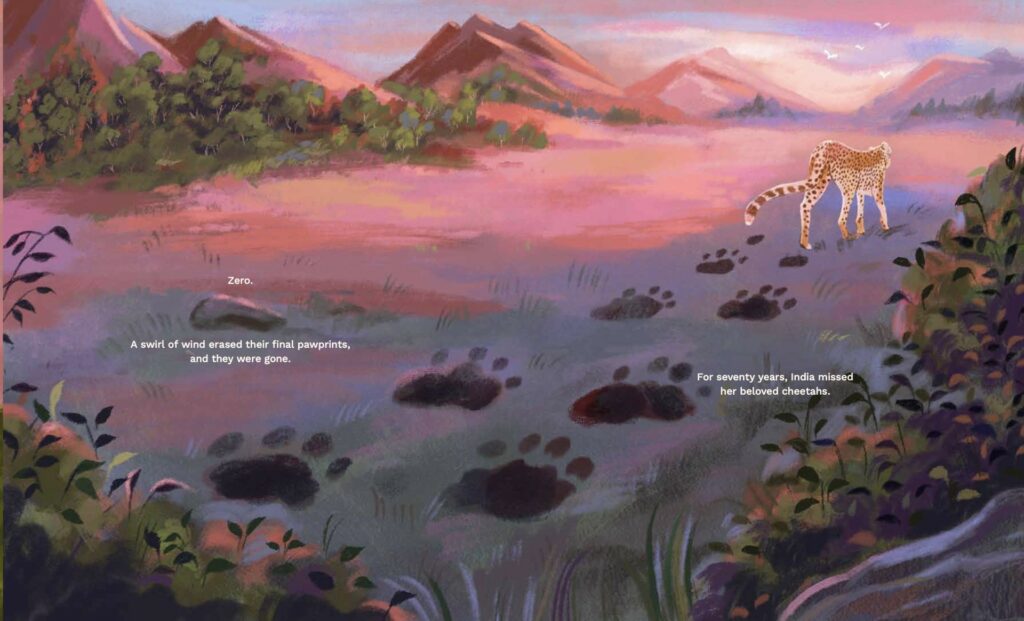
Discuss
- Talk about weather expectations based on geographical location:
- In India, June is a summer month, so the weather is hot.
- In Namibia, June is in the winter and temperatures can drop below freezing.
- Consider the cheetahs from today’s book.
- Where did the cheetahs, Aasha and Pavan, originate? (Answer: Namibia, Africa)
- Based on being in the Northern Hemisphere, what weather would Namibian cheetahs expect to have in June?
- What adaptation occurs to an animal’s fur coat in winter? (Discussion: Their coat gets thicker to keep them warm.)
- When the Namibian cheetahs were translocated to India, what type of weather did they actually experience in June? (Discussion: Summer/hot)
- Ask students to imagine cheetahs with winter coats during summer weather. What is the danger of this situation? (Discussion: Cheetahs could overheat and get dehydrated.)
- Have students brainstorm other weather-related concerns for cheetahs in a new climate. (Discussion: Rain! The monsoon season in India is June-September. Remind students that the cheetahs are used to June being the coldest month, so this is when their coat is thickest.)
- Ask what happens when an animal’s thick winter coat gets really wet. From the book, what are the result of this happening to Aasha and Pavan?
- The book says Pavan “scratched with muddy claws, and infection spread like fire.”
- The illustrations don’t show it, but the cheetahs wore radio collars around their necks. When the rain soaked the cheetahs’ thick neck scruff, the radio collars caused additional trouble by trapping wetness. As the cheetahs scratched their irritated skin, it created open wounds that became infected.
- Both Aasha and Pavan suffered infections during their first summer in India. Thanks to the great work of veterinarians and conservationists, the cheetahs were captured, treated, and recovered.
Activity
Encourage students to imagine they are conservationists tasked with helping Aasha and Pavan. Individually or in small groups, have students create a plan to support African cheetahs as they adjust to an unexpectedly hot climate.
Students can design posters, flyers, or brochures that include the following information:
- Explain the background
- (example: cheetahs are being relocated from Africa to India)
- State the problem
- (example: cheetahs are at risk of overheating due to a change in regional climates)
- Offer a solution
- (example: provide additional monitoring, set up shade tarps, build water misters, or create additional sites for drinking water)
Have students present their conservation ideas to the rest of the class.
Learn more about cheetahs
Pass out the Cheetah Fact Catcher or other handouts available on my website.
Featured image credit: “Acinonyx jubatus – India 1” by Emőke Dénes is licensed under CC BY-SA 4.0.
Kate Rietema is the author of three children’s books and nearly 100 stories and poems in publications like Highlights, Cricket Media, and The School Magazine. She lives and writes in a happy red house in Michigan with her husband and five daughters. Aside from writing, Kate is a registered nurse, amateur potter, and nature enthusiast. Kate hopes that cheetahs will always survive, and that this book will inspire readers to learn more about wildlife conservation. Website: www.katerietema.com, Instagram: @KateRietema, Twitter: @KateRietema, Facebook: Kate Rietema – Children’s Author, Bookshop: https://bookshop.org/shop/katerietema


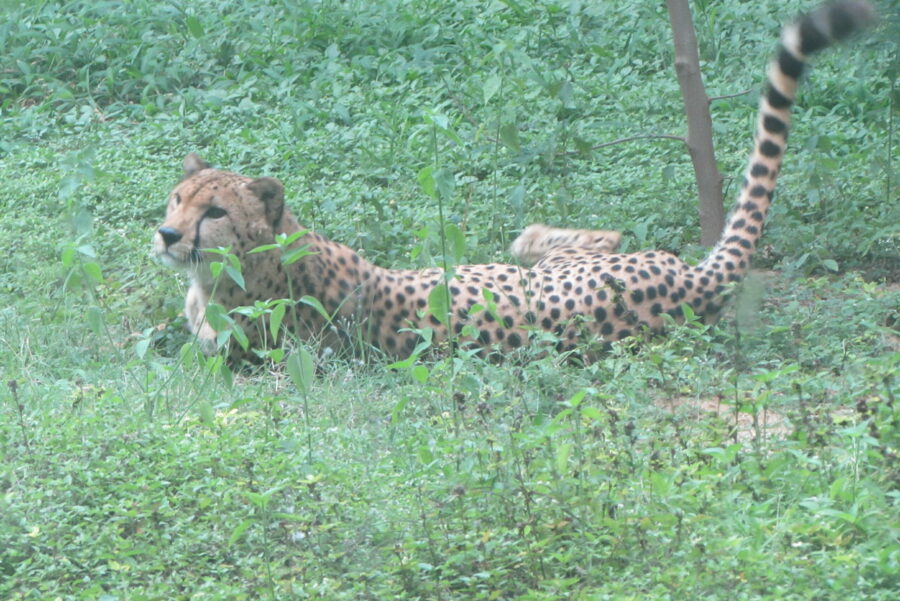

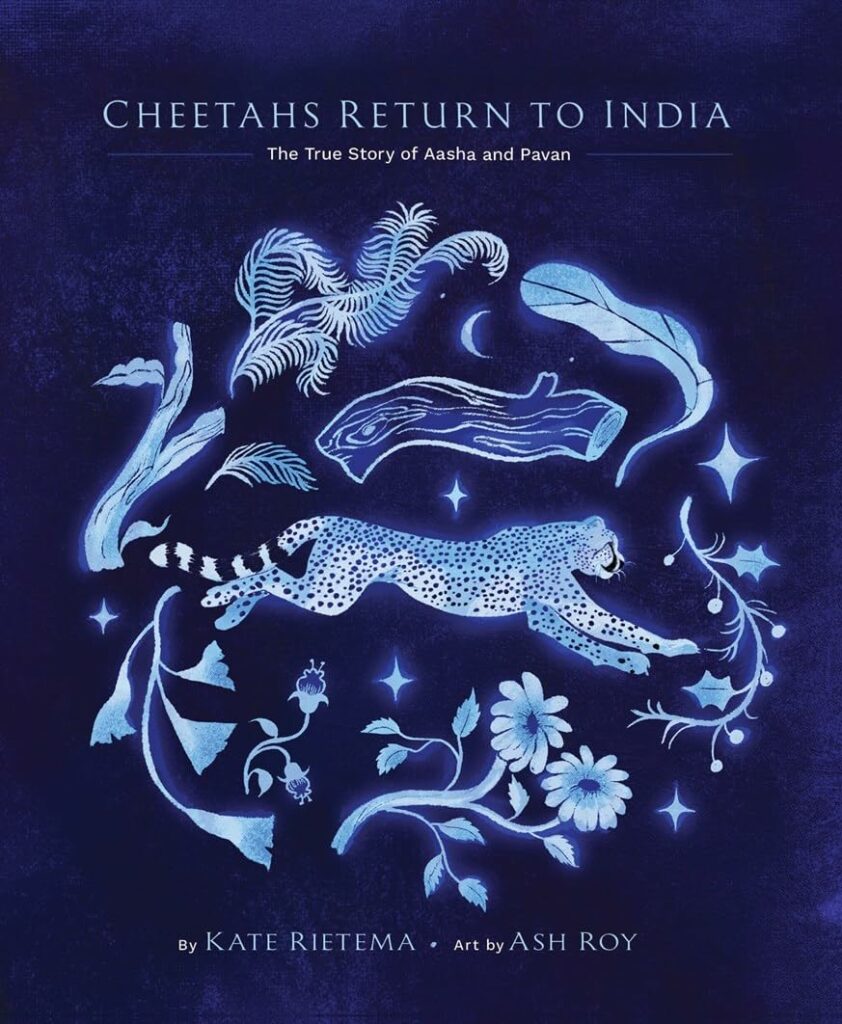
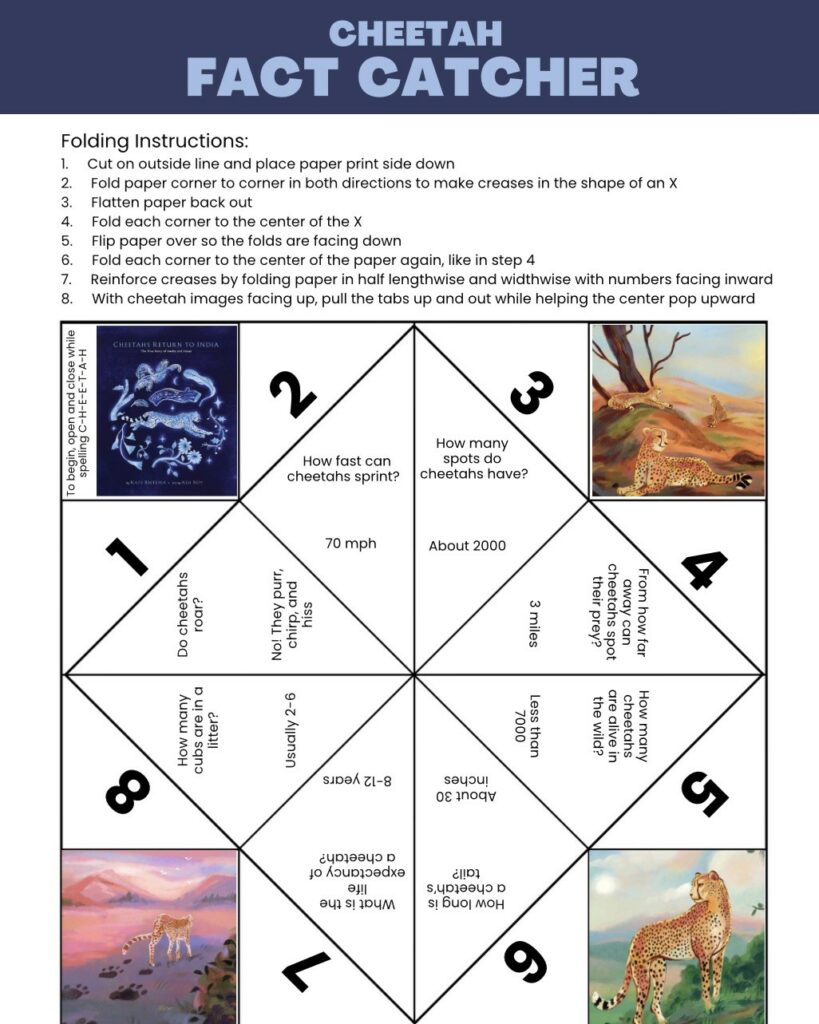


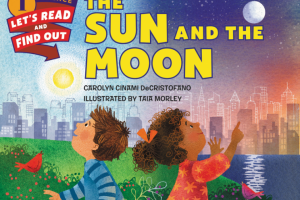
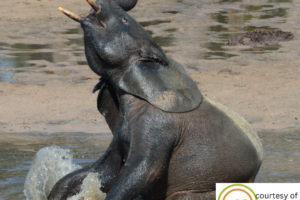

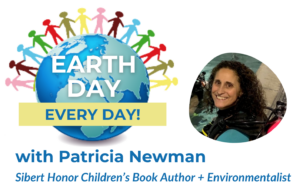
Leave a Reply
Your email is safe with me.